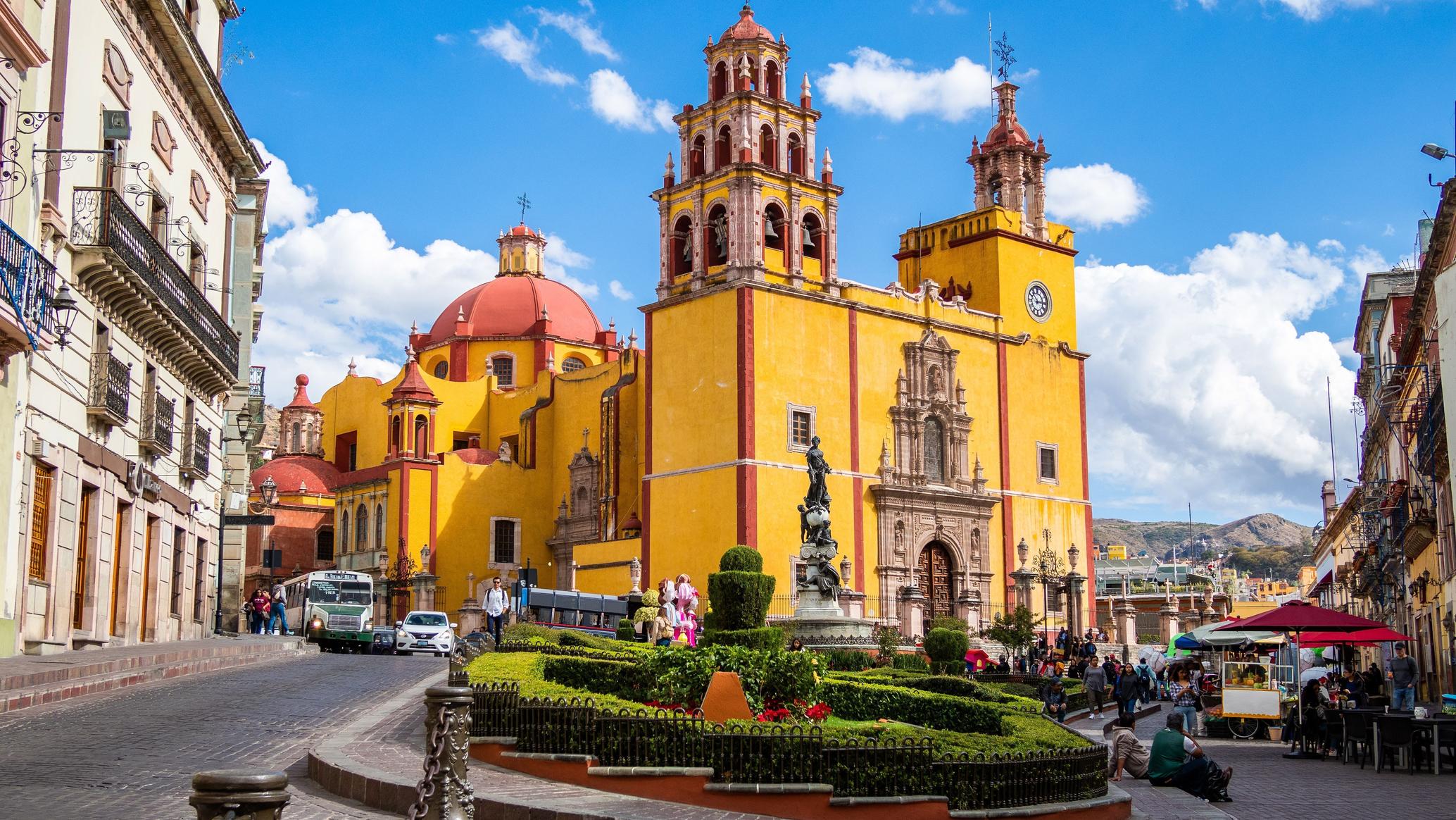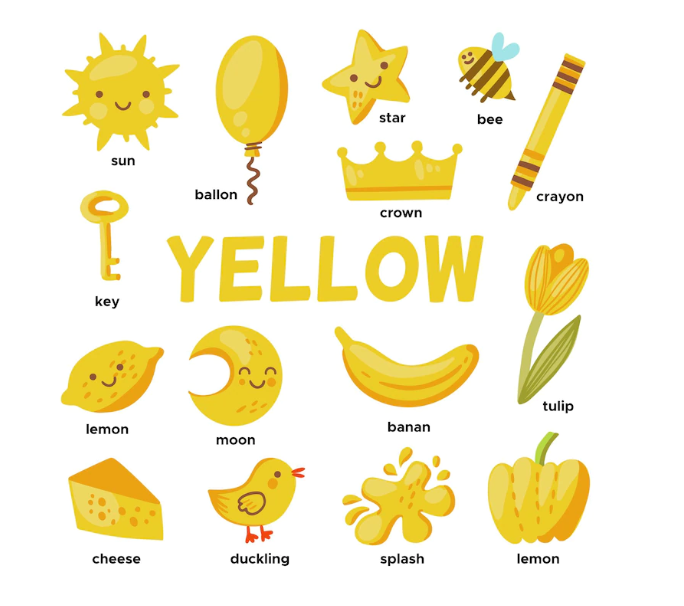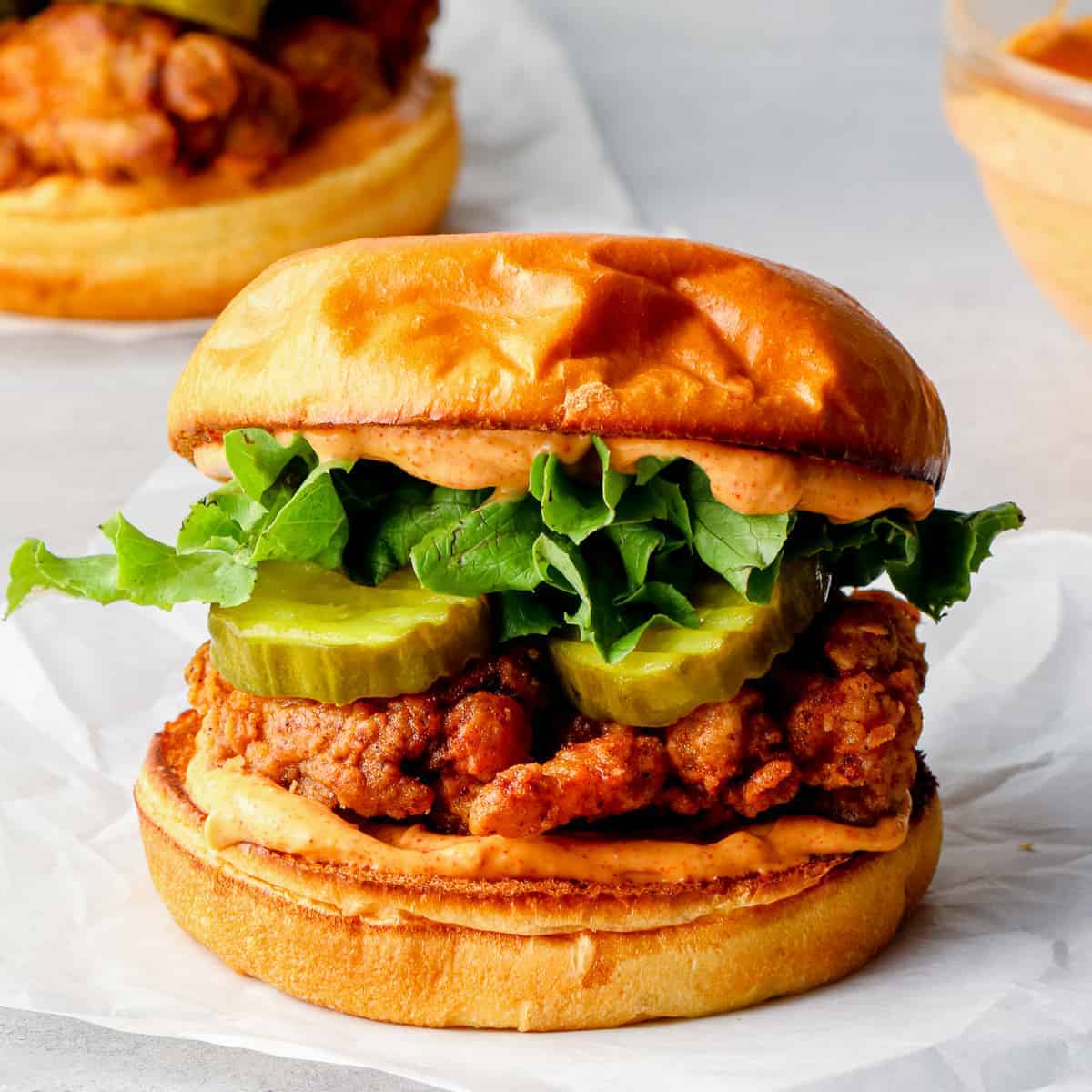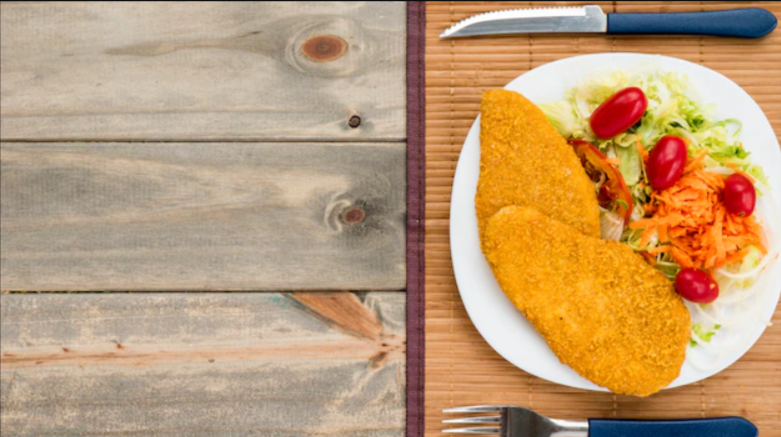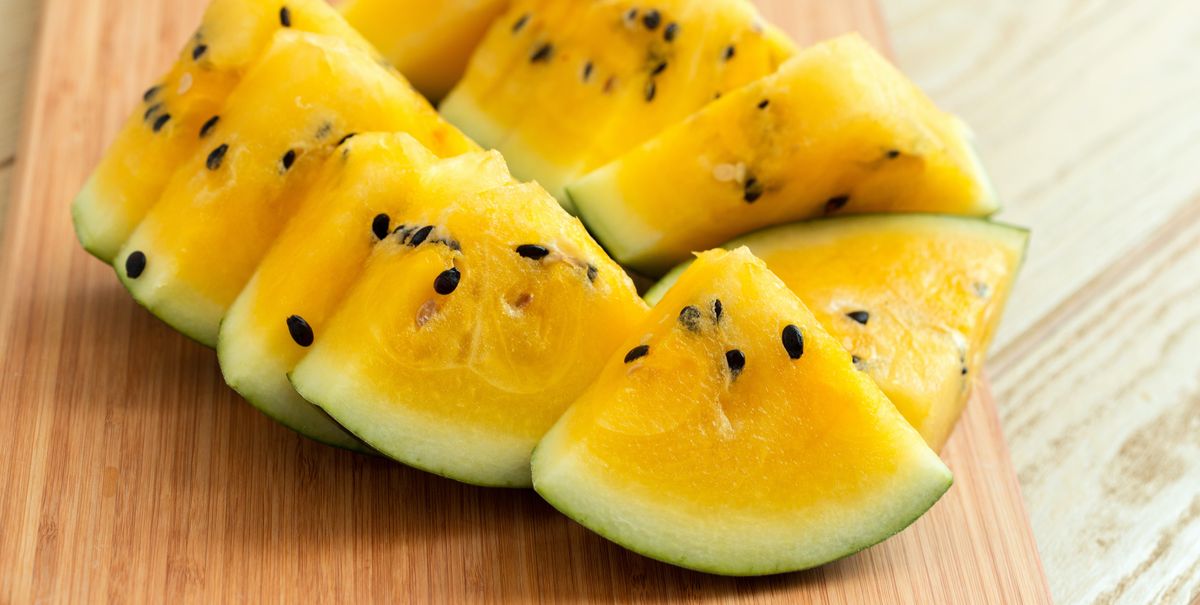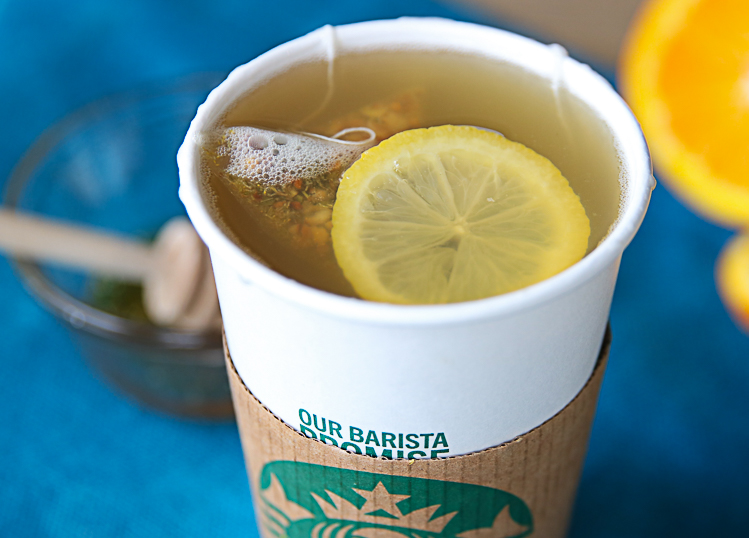A raised garden bed is like a little slice of heaven on earth. It elevates your plants above the mundane, allowing them to bask in the sun and soak up all the nutrients they need to thrive. Plus, with a raised bed, you won’t have to bend down as far to tend to your precious greens, saving your back and knees from unnecessary strain. So why not elevate your gardening game and give your plants the royal treatment they deserve with a raised garden bed?
In this article, we’ll explore 12 raised garden bed design ideas to inspire and guide you in creating the perfect garden bed for your space. We’ll cover a wide range of designs, including traditional, modern, and creative options.
Traditional Wood-raised garden bed
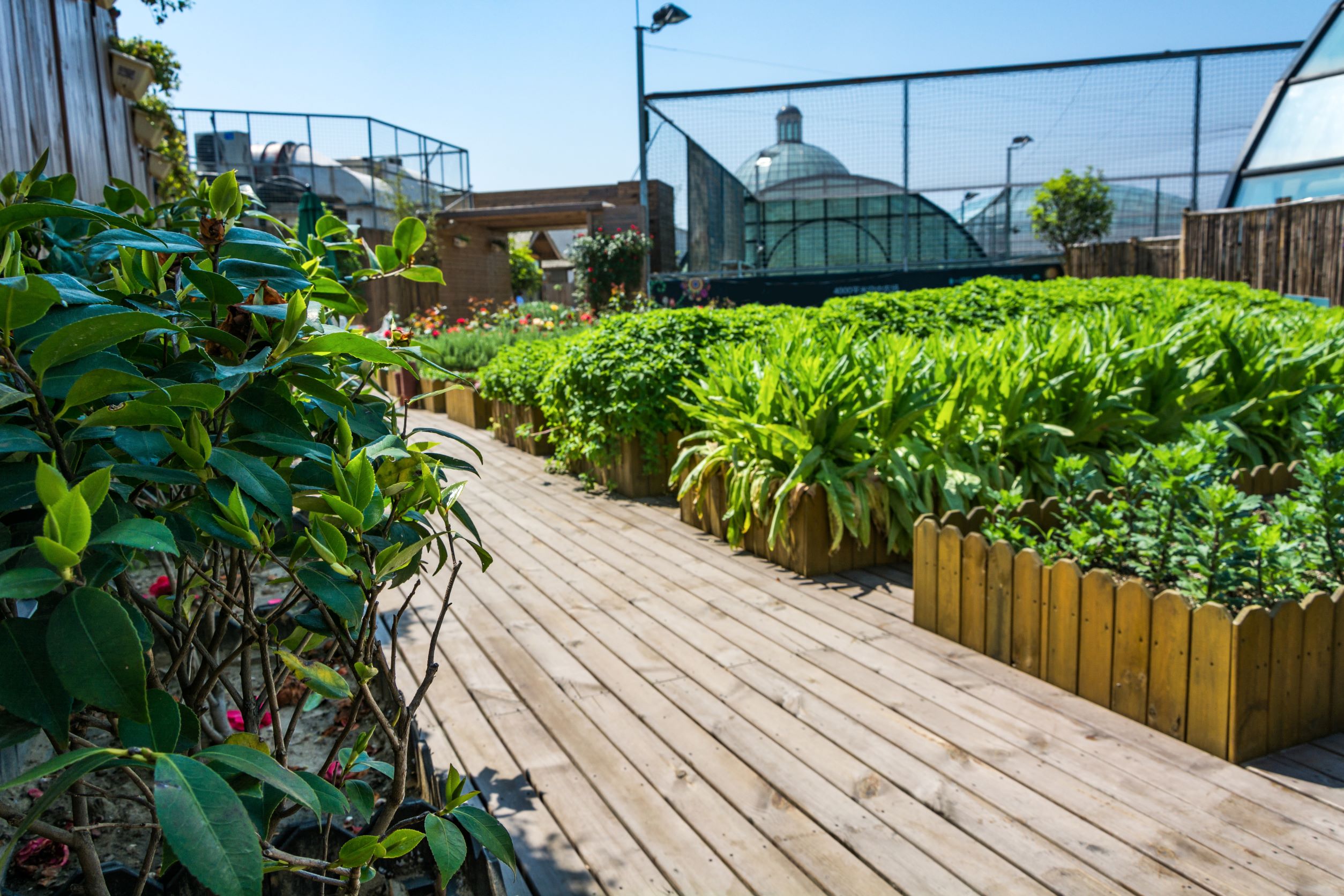
One of the most popular and classic raised garden bed designs is a simple wooden frame. These can be made from a variety of materials, including cedar, redwood, and pressure-treated lumber. They are easy to build and relatively inexpensive, making them a great option for beginner gardeners.
One benefit of wooden raised garden beds is that they can be easily modified and customized to fit your specific needs. You can choose the size, shape, and height of your garden bed to fit your space and plant preferences.
Stone or Brick-raised Garden Bed

If you want a more permanent and durable option, a stone or brick-raised garden bed might be the way to go. These materials are much more resistant to rot and decay than wood, and they can add a beautiful and elegant touch to your garden.
However, keep in mind that these materials can be more expensive and difficult to work with. You may need to hire a professional or have access to specialized tools to properly construct a stone or brick-raised garden bed.
-
Metal-raised garden bed
Metal-raised garden beds are another durable and long-lasting option. They are often made from galvanized steel or aluminum, which are both resistant to rust and corrosion.
One advantage of metal raised garden beds is that they are relatively lightweight and easy to move around. This can be helpful if you need to rearrange your garden bed or change its location. However, keep in mind that metal can conduct heat, so it may not be the best choice for plants that require cooler soil temperatures.
-
Concrete raised garden bed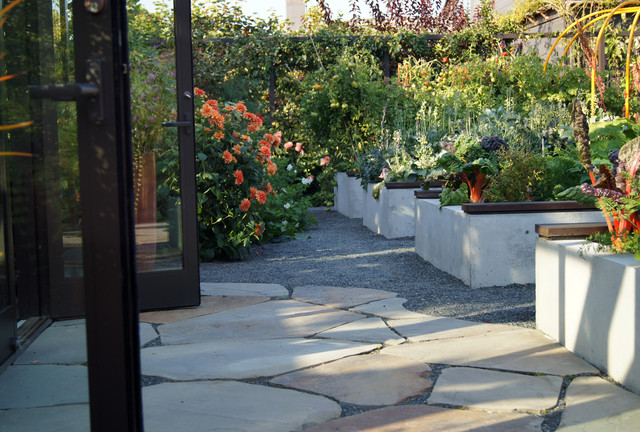
Concrete raised garden beds are a more permanent and heavier option. They are often made from concrete blocks or poured concrete, and they are extremely durable and resistant to damage.
One benefit of concrete raised garden beds is that they can be molded into any shape or size, allowing for maximum flexibility and customization. However, keep in mind that concrete can be expensive and difficult to work with, so it may not be the best choice for beginner gardeners.
-
Composite wood raised garden bed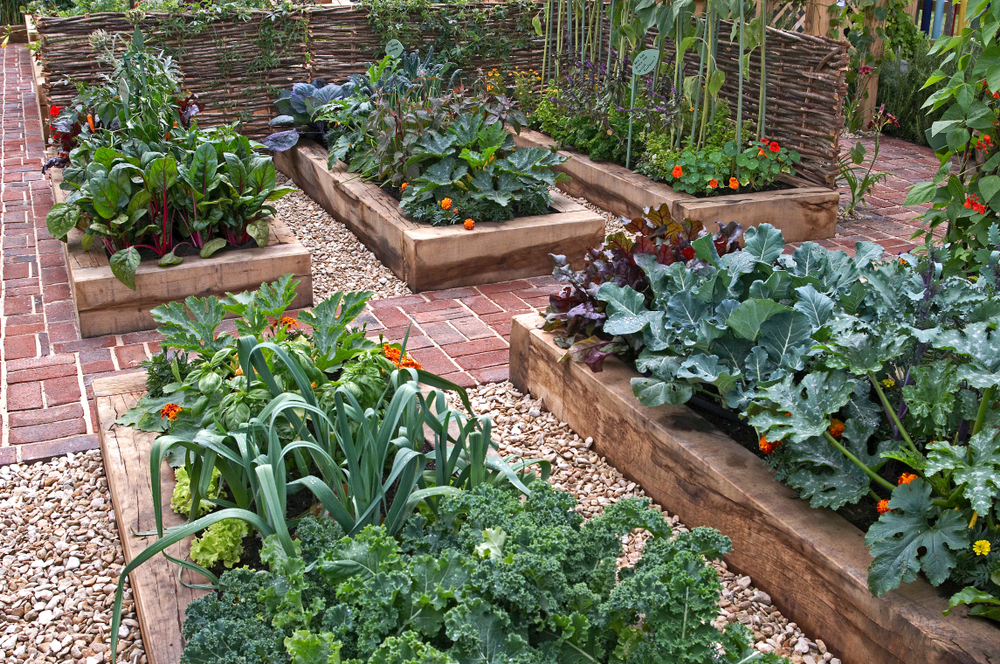
Composite wood-raised garden beds are a newer and increasingly popular option. They are made from a mixture of wood and plastic, which makes them resistant to rot and decay.
One benefit of composite wood-raised garden beds is that they are relatively low maintenance and easy to work with. They are also often more affordable than traditional wood-raised garden beds. However, keep in mind that they may not be as durable as some of the other options on this list.
-
Recycled materials raised garden bed
If you’re looking for an eco-friendly and budget-friendly option, a raised garden bed made from recycled materials might be the way to go. There are many materials you can use, including old pallets, tires, and even wine barrels.
One benefit of using recycled materials for your raised garden bed is that you can often find these materials for free or at a low cost. However, keep in mind that recycled materials may not be as durable as other options , and they may require more maintenance. You’ll also need to make sure the materials are safe and suitable for growing plants.
-
Vertical raised garden bed
If you have limited space or want to add some interest to your garden, a vertical raised garden bed might be the way to go. These beds are designed to be stacked or mounted on a wall, allowing you to grow plants in a vertical direction.
Vertical raised garden beds are often made from wood or metal, and they can be customized with shelving or pockets for planting. One benefit of these beds is that they allow you to maximize your space and grow a variety of plants in a small area. However, keep in mind that they may require more watering and maintenance than traditional raised garden beds.
-
Pallet raised garden bed
Pallet-raised garden beds are a popular and budget-friendly option for beginner gardeners. They are made from recycled pallets, which can often be found for free or at a low cost.
One benefit of pallet-raised garden beds is that they are easy to assemble and customize. You can simply stack the pallets and fill them with soil and plants. However, keep in mind that pallets may not be as durable as other materials, and they may require more maintenance. You’ll also need to make sure the pallets are safe and suitable for growing plants.
-
Stackable raised garden bed
Stackable raised garden beds are a great option for those who want to grow a variety of plants in a small space. These beds are designed to be stacked on top of each other, allowing you to grow plants in multiple layers.
Stackable raised garden beds are often made from wood or metal, and they can be customized with shelving or pockets for planting. One benefit of these beds is that they allow you to maximize your space and grow a variety of plants in a small area. However, keep in mind that they may require more watering and maintenance than traditional raised garden beds.
-
Corner raised garden bed
If you have an unused corner in your yard, a corner-raised garden bed might be the perfect solution. These beds are designed to fit into a corner, allowing you to make use of otherwise unused space.
Corner-raised garden beds can be made from a variety of materials including wood, stone, and metal. One benefit of these beds is that they can add a beautiful and functional element to your garden. However, keep in mind that they may require more planning and consideration when it comes to plant placement and watering.
-
Tiered raised garden bed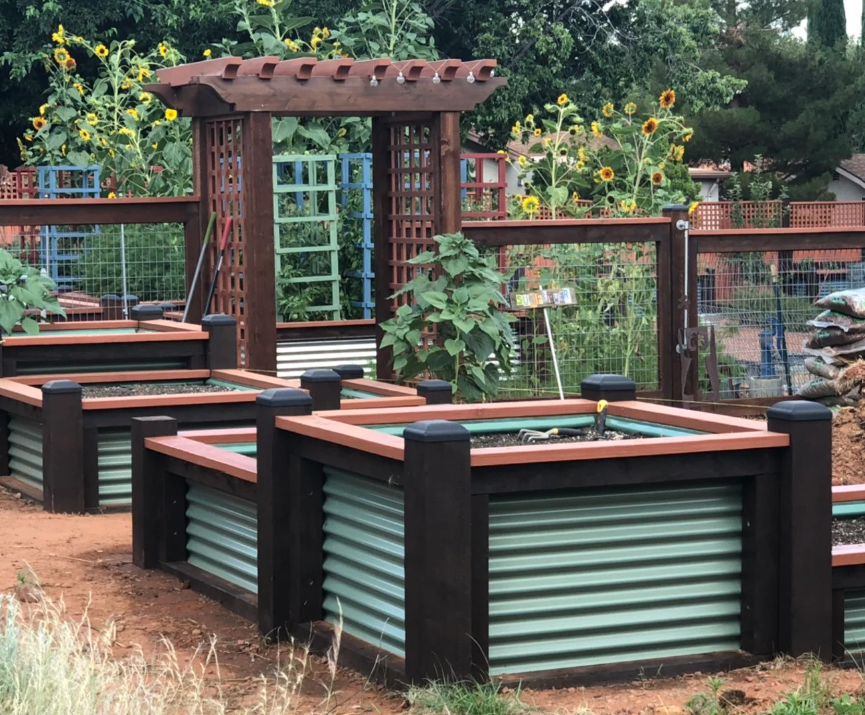
Tiered raised garden beds are a great option for those who want to grow a variety of plants in a small space. These beds are designed with multiple levels or tiers, allowing you to grow plants in multiple layers.
Tiered raised garden beds can be made from a variety of materials including wood, stone, and metal. One benefit of these beds is that they allow you to maximize your space and grow a variety of plants in a small area. However, keep in mind that they may require more watering and maintenance than traditional raised garden beds.
-
Modular raised garden bed
Modular raised garden beds are a great option for those who want to customize their garden bed to fit their specific needs. These beds are made up of individual modules or blocks that can be stacked and arranged in a variety of configurations.
Modular raised garden beds can be made from a variety of materials including wood, stone, and metal. One benefit of these beds is that they allow you to easily modify and expand your garden bed as your plant needs change. However, keep in mind that they may require more planning.


























